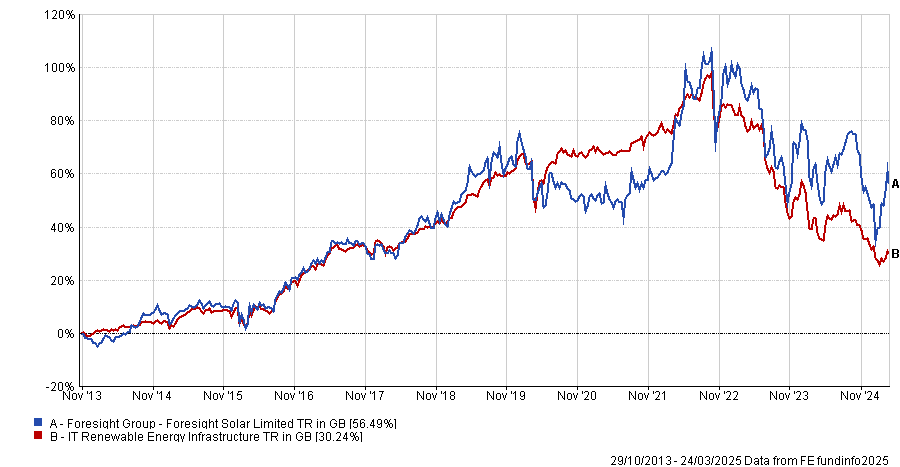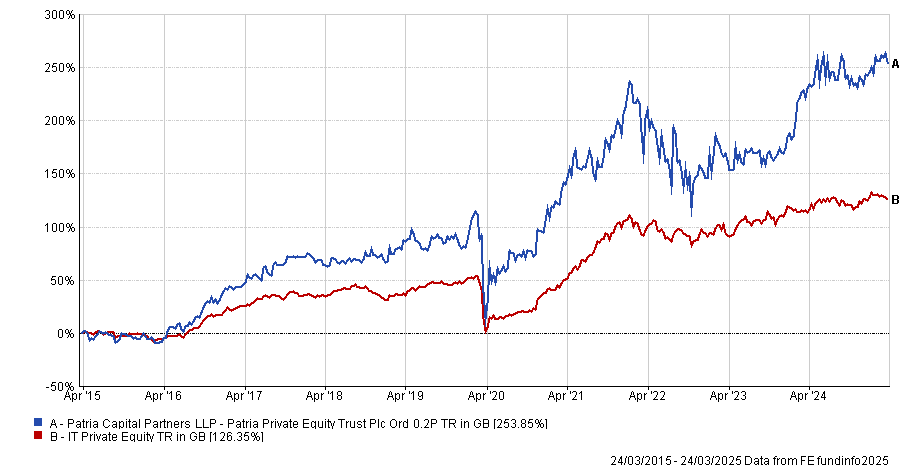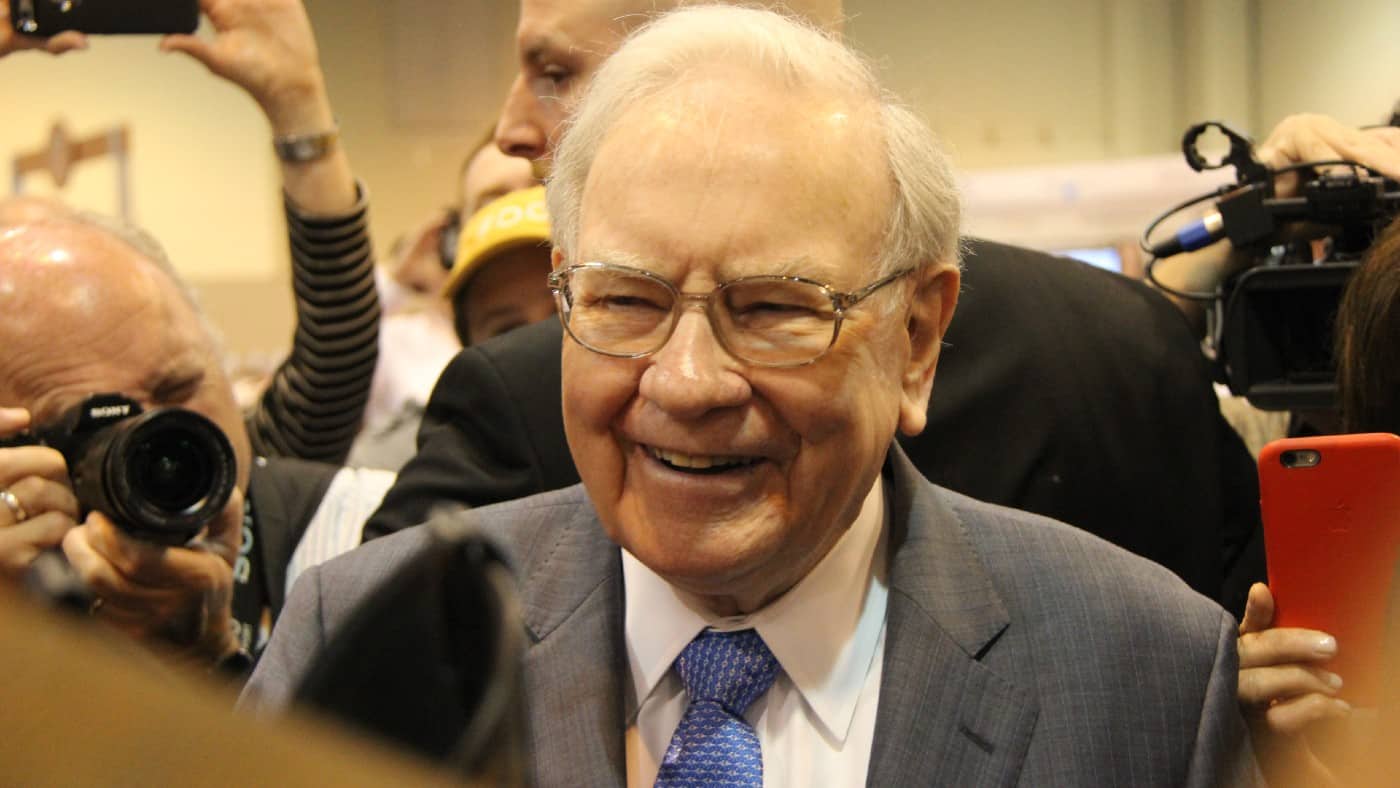Is the sun setting on the FTSE 250’s solar funds?
Over the past 12 months, the prices of these FTSE 250 renewable energy stocks have fallen 4%-10%. Our writer looks at what’s going on.
Posted by James Beard
BSIF FSFL

When investing, your capital is at risk. The value of your investments can go down as well as up and you may get back less than you put in.
You’re reading a free article with opinions that may differ from The Motley Fool’s Premium Investing Services. Become a Motley Fool member today to get instant access to our top analyst recommendations, in-depth research, investing resources, and more.
Despite the heightened interest in renewables, since March 2020, the FTSE 250’s three solar energy funds have under-performed the wider market. As a result, they now trade at a significant discount to their net asset values And their yields are all close to — or in excess of — double figures.
Difficult times
The directors of Foresight Solar Fund (LSE:FSFL) are particularly frustrated at the failure (as they would see it) of investors to recognise the underlying value of its assets. They are now considering various strategic options and recently said: “The Board is of the view that consolidation is likely to be a major feature in the sector in the year ahead.”
Some of the sector’s recent problems can be blamed on a relatively low level of irradiation. In 2024, Foresight said the UK experienced the lowest number of hours of sunshine since 2013, which meant its portfolio generated 7% less electricity than budgeted.
To try and mitigate against volatile earnings, the fund has hedged 88% of anticipated revenues for 2025 at a price of £86/MWh. As for 2026, 69% of expected income has been fixed at the same price.
Expensive debt
Borrowing costs also appear to be weighing on the solar industry.
At 31 December 2024, Bluefield Solar Income Fund had total debts of £566m. That’s 6% more than its current market cap (£534m). I think it’s fair to say that interest rates haven’t fallen as quickly as most would have expected. This means the fund’s borrowing costs are higher than anticipated. And this makes the return from solar assets less attractive than anticipated, contributing to its shares trading at a discount.
Bluefield’s directors say “something needs to change” and have launched a “Perception Study with many of the larger shareholders, to assess their views and reflect on the way forward”.
Good for income
Currently, NextEnergy Solar Fund trades at the biggest discount.
But on the positive side, its falling share price means the stock’s now yielding 12.4%. Since listing in 2014, it’s increased its dividend every year. Of course, there are no guarantees when it comes to payouts. However, these types of funds generally have steady and predictable payouts. The long-term nature of their contracts and their ability to hedge future prices gives them a greater certainty over their income than businesses that are dependent on more conventional markets where consumers tastes can change at short notice.
| Metric | Foresight Solar Fund | Bluefield Solar Income Fund | NextEnergy Solar Fund |
|---|---|---|---|
| Current share price (pence) | 79.7 | 90.2 | 67.8 |
| Discount to net asset value (%) | 29.1 | 28.4 | 30.8 |
| Dividend – last 12 months (pence) | 8.0 | 8.8 | 8.4 |
| Yield (%) | 10.0 | 9.8 | 12.4 |
| Group debt (£m) | 272 | 566 | 333 |
| Market cap (£m) | 444 | 534 | 388 |
Source: London Stock Exchange / company reports
Final thoughts
Valuing unquoted assets, like solar farms, is subjective. Small changes to modelling assumptions can lead to large variations in valuations. However, even allowing for a large margin of error, the current discounts on these three funds seem excessive to me.
But it does appear as though the sector has fallen out of favour with investors. A combination of higher power prices and lower interest rates is probably what’s needed to get their share prices moving in the right direction. And there’s no guarantee that this will happen. However, as long as they are aware of these risks, income investors could consider all three for the generous yields that are currently on offer.







